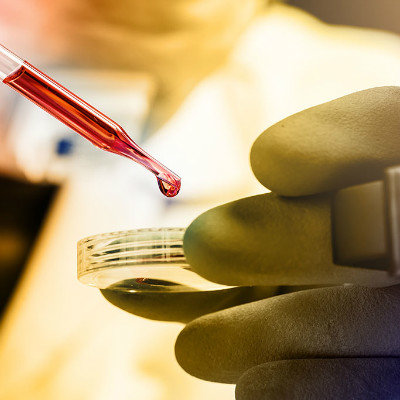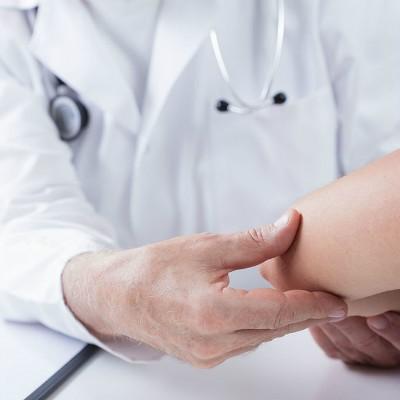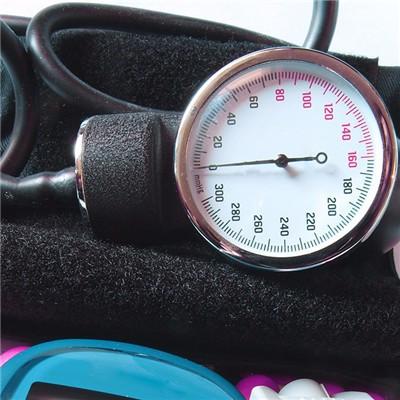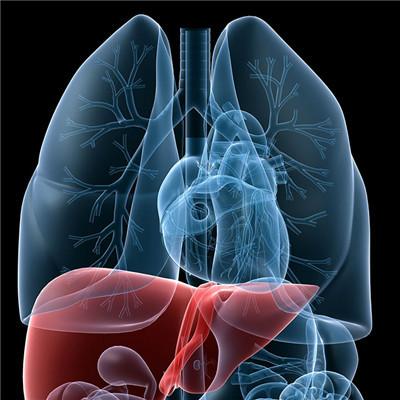What is Argentine hemorrhagic fever?
summary
Argentine hemorrhagic fever (EHF) is a natural focus disease mainly caused by rodents and caused by jiuning virus and machubo virus respectively. The clinical features included fever, severe myalgia, hemorrhage, shock, nerve abnormality, leucopenia and thrombocytopenia. So what is Argentine hemorrhagic fever?
What is Argentine hemorrhagic fever?
At present, it is considered that the direct damage of virus is the main cause. After the virus enters the human body, it will produce viremia by replication and proliferation, causing the damage of capillary endothelial cells in the whole body, increasing the vascular permeability and fragility, resulting in a series of clinical symptoms such as bleeding, edema, shock and so on.

The incubation period was 6-14 days. The onset was slow. In the first week of the disease, discomfort gradually appeared, and the body temperature gradually increased, reaching 39 ℃ on the third day. Severe headache, low back pain, muscle and joint pain, anorexia, nausea, vomiting, epigastric pain, orbital pain, constipation or diarrhea were also found in some patients. During physical examination, the skin of upper chest, neck and upper chest were flushed. Ecchymosis and ecchymosis could be seen on the skin of upper chest, upper arm and armpit. Lymph nodes were moderately enlarged. Conjunctival congestion, periorbital edema, oropharyngeal mucosal congestion, small petechiae, blisters of different sizes on soft palate, gingival congestion or bleeding. One fifth of the patients developed special neurological symptoms from day 4 to 6, including disorientation, intentional tremor of hand and tongue, moderate ataxia, skin hypersensitivity, tendon reflex and hypotonia. Female patients often have mild to moderate uterine bleeding, which can be the first symptom of EHF. A small number of patients with acute onset, like acute abdominal surgery.

In the second week, 70% - 80% of the patients were relieved of the above symptoms and signs, but fatigue, alopecia and memory loss required a recovery period of 1-3 months without sequelae. 20% ~ 30% of the patients have severe bleeding or nervous system damage (disturbance of consciousness, ataxia, excitement and tremor, even delirium, convulsion and coma) in stomach, intestines, nose, gingiva and uterus on 8-12 days of illness, which can also occur at the same time, leading to death.

matters needing attention
In the epidemic area (Argentina or Bolivia) or those who enter the epidemic area, or have a history of contact with rats, they have fever, severe headache, low back pain, muscle and joint pain, orbital pain, epigastric pain, skin petechia, ecchymosis and uterine bleeding, facial flushing, conjunctival congestion, periorbital edema, pharyngeal mucosal congestion and vesicles, white blood cell count and thrombocytopenia. If proteinuria and tubular type appear and ESR is normal, the diagnosis can be made.
















